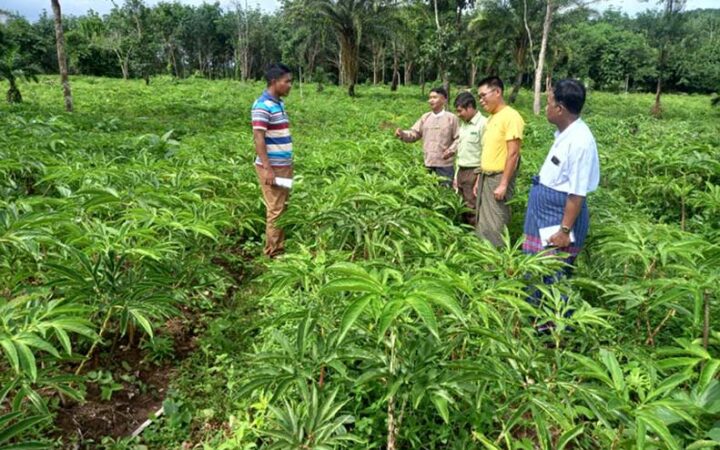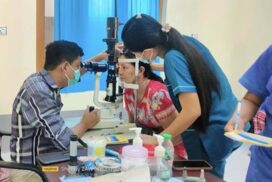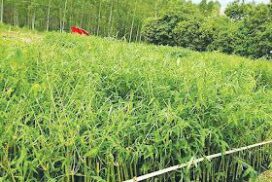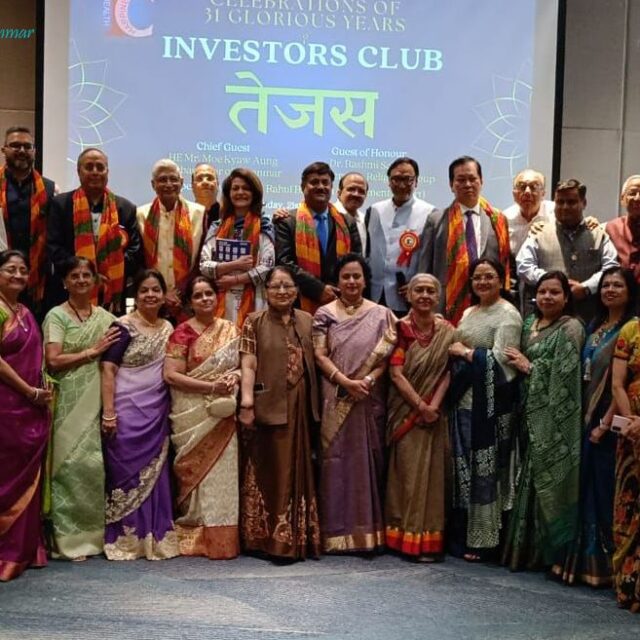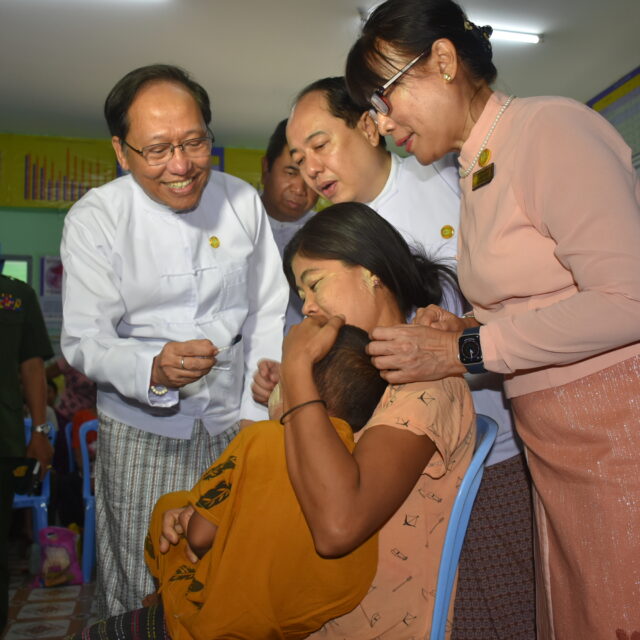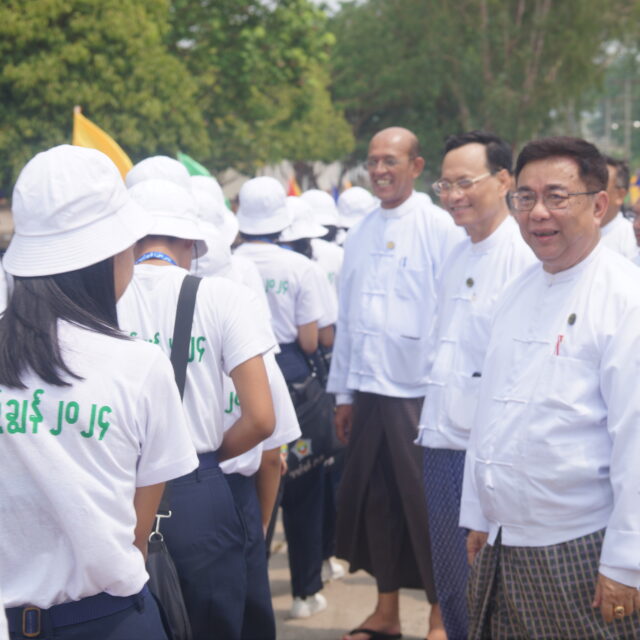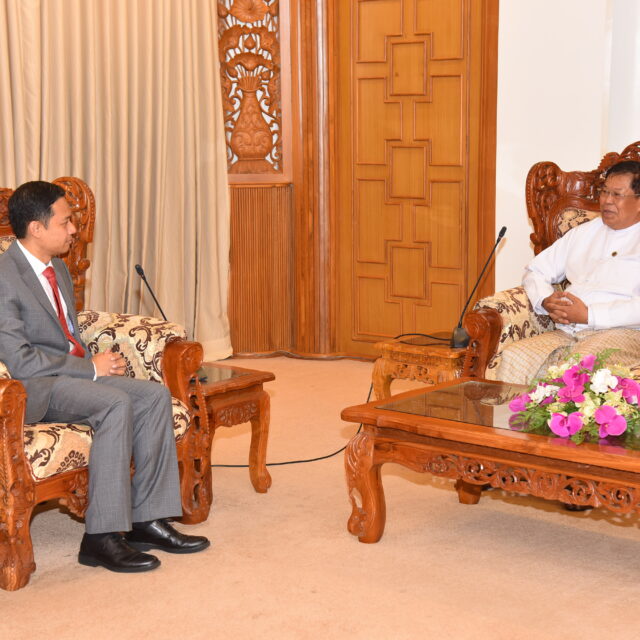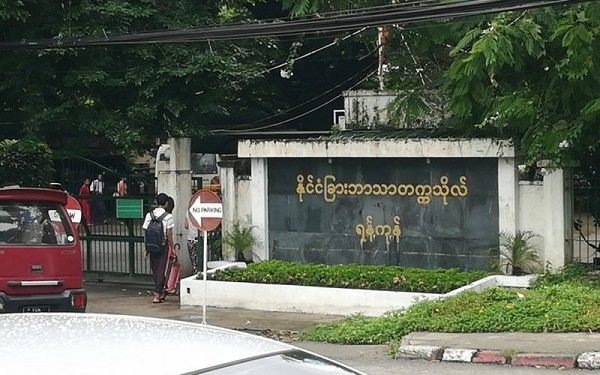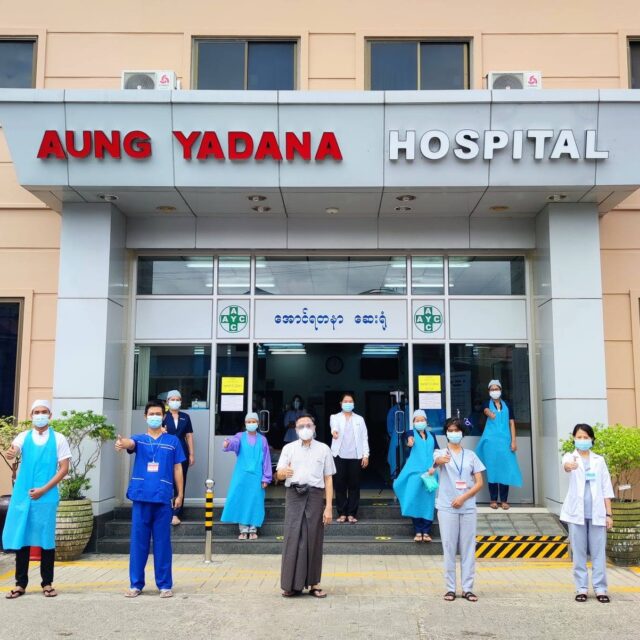High profitability and foreign demand prompted locals in Palauk town, Palaw Township of Taninthayi Region to cultivate Konjac (elephant yam) under a mixed cropping system so the number of Konjac growers on a commercial scale has grown, according to the Agriculture Department in Palauk Town.
Earlier, the growers were not interested in Konjac as it had only domestic demand. At present, Konjac has penetrated some foreign markets so the locals are increasingly engaged in multiple cropping in rubber plantations with Konjac.
“Konjac started to be grown in our town two years ago. It solely relied on domestic markets. However, foreign demand elevated the price last year and attracted the growers to expand acreage. The mixed cropping creates more job opportunities and helps clear the weeds and grass,” sad U Thaw Zin Tun, head of department.
Myanmar started to cultivate Konjac over 30 years ago in Kachin, Chin, Shan, Mon and Kayin states and Bago Region. Konjac cultivation commenced in Taninthayi Region in the 2020-2021 Financial Year. At present, konjac has become intercrop in rubber plantations in the region.
“Konjac cultivation begins in May and June and it is harvested in November and December. Cultivation cost is estimated at K5 million per acre and gross income is about K8 to 10 million per acre. The price of fresh elephant yam stands at K1,800-K2,000 per viss (a viss equals 1.6 kilogrammes) in the domestic markets,” he added.
The number of acres increased from 371 to 414 acres in Taninthayi Region. Majority of the growers from Yebyu, Dawei, Thayetchaung, Palaw, Myeik, Kyunsu, Taninthayi and Bokpyin townships carry out mixed cropping with Konjac.
“Large capital has to put in Konjac cultivation yet the profit is pretty high. The growers are suggested to expand acreage. If a large quantity of raw materials is supplied, it will contribute to more value-adding business,” said U Tut Ni, a grower from Ward 2 in Palauk Town.
The elephant yams are rich in essential minerals. It is a rich source of dietary fiber, protein, and vitamins that brings many health and nutritional benefits. It can be used in food, pharmaceutical and industrial sectors with value adding. There are 80 varieties of Konjac. The commercial farming of Konjac is commonly found in South America, Africa, and the mainland Southeast Asia, according to the department. Beyond local consumption, Myanmar ships dried konjac and konjac powder to China, Japan, Thailand, India, Bangladesh and Malaysia.—Myint Oo (Myeik) /GNLM
Growers eye Konjac for mixed cropping in Palauk as it raises profitability
- July 25, 2022
- 795
